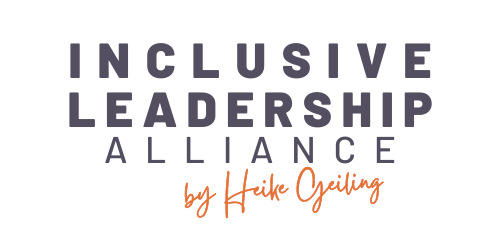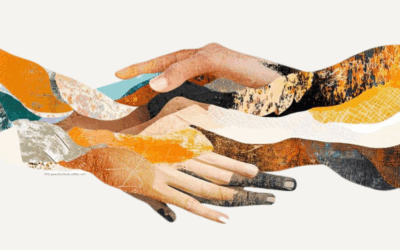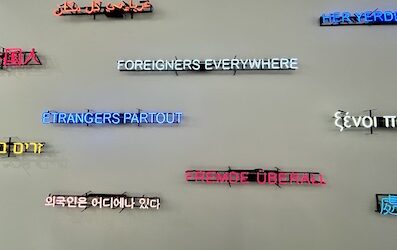Sometime in September I was one of the trainers at a week-long off-site training in Germany. The group of 18 participants was made up of a total of 11 nationalities.
Talk about a diverse group of people.
As a coach, I usually work with small groups of people or do one-to-one consultations. So when I have the opportunity as a trainer to be surrounded by such a diverse group in a professional setting, I keep my ears and eyes open for little idiosyncrasies that I can learn from.
And, of course, I’ve picked up something that I’d like to share with you.
The inclusion challenge
During the meeting, I noticed how everyone interacted with each other. For example, I noticed that some people asked more questions than others.
I’ve seen this a lot in my career. It’s often a stereotype that Westerners are more vocal, while Asians tend to be quieter in larger groups. In this situation, the generalisation rang true. I’ve asked several Asian colleagues why this happens, and it’s often attributed to a fear of “losing face”. The fear of saying the wrong thing, and perhaps even giving the wrong impression. In this case, it just shows that people in the East care more about what others think of them than we do in the West.
The reason I’m bringing this up is not to point out a cultural flaw. It’s to recognise and acknowledge the difference. Through this meeting, I’ve come to realise that even when corporate culture is something that is talked about and implemented, there is an overarching impact of community or national culture that is often not reflected in policy or discussion. Companies that want to promote a speak-up culture will have to take different approaches in different countries. Just because employees can agree to the corporate culture and its value statements does not mean that they will implement them in the way the head office has designed.
Tools to improve diversity and inclusion in global teams
We all talk about the beauty and strength of a diverse workforce. Let’s imagine that diversity as a quilt. A beautiful quilt made up of different materials, colours, patches, thicknesses, textures. The quilt is what we promote. It’s what we put on display to attract more talent.
But what we actually do in most companies is that we take a soft blanket to cover the quilt. I call this the Western Business Standard blanket. We expect this blanket to fit everyone, and most people do their best to make it fit.
But there is still the blanket underneath. And between these two blankets there is a gap.
What happens in this gap?
Unconscious violations of values, expectations that cannot be met, direct communication is perceived as rude, indirect dialogue as inaccurate, etc. Not to mention all the pitfalls of speaking English as a second language.
When this happens, many voices are silenced. This happens even in companies where everyone is encouraged to “speak up” or “speak their mind”. People who could shine decide to just sit back, follow the rules and get the job done if they don’t feel comfortable having their opinions heard. Some others are vocal, while others are too vocal. “Speaking up” can mean two very different things to a German and a Japanese. All this hesitation leads to inaction.
Where’s the balance?
And then there are corporate policies and missions to “create greater impact”. How is this impact measured? Is the impact of someone who is outspoken and extroverted more valuable than someone who is quiet and introverted?
Here’s where tools to drive a more inclusive corporate culture come in.
Here are some of my suggestions:
- Have more dialogues and exchanges – create the space for your diverse teams to have healthy exchanges. Offer a greater variety of tools and activities to gain insight, e.g. a verbal interaction for those who are vocal and outspoken and a written feedback form/survey for those who aren’t.
- Hold workshops – talk about these differences. If HR departments can have important conversations and classes about sexual harassment and workplace equality, why can’t they have workshops about cultural nuances and intercultural communication? Without being culturally insensitive, talk about cultural differences and how they can be used to strengthen the team and the business.
- Incorporate global policies with a local perspective – does your company have three locations around the world? Great. Have global guidelines for your culture, but incorporate cultural etiquette for each team. In fact, go the extra mile and share these little details with your team around the world so that everyone understands and is aligned with the same corporate mission.
Have you ever been in a situation where your culture and upbringing didn’t allow you to take full advantage of a situation? Tell me about it.
Let’s talk about how you can use your culture to bring more to the table.




